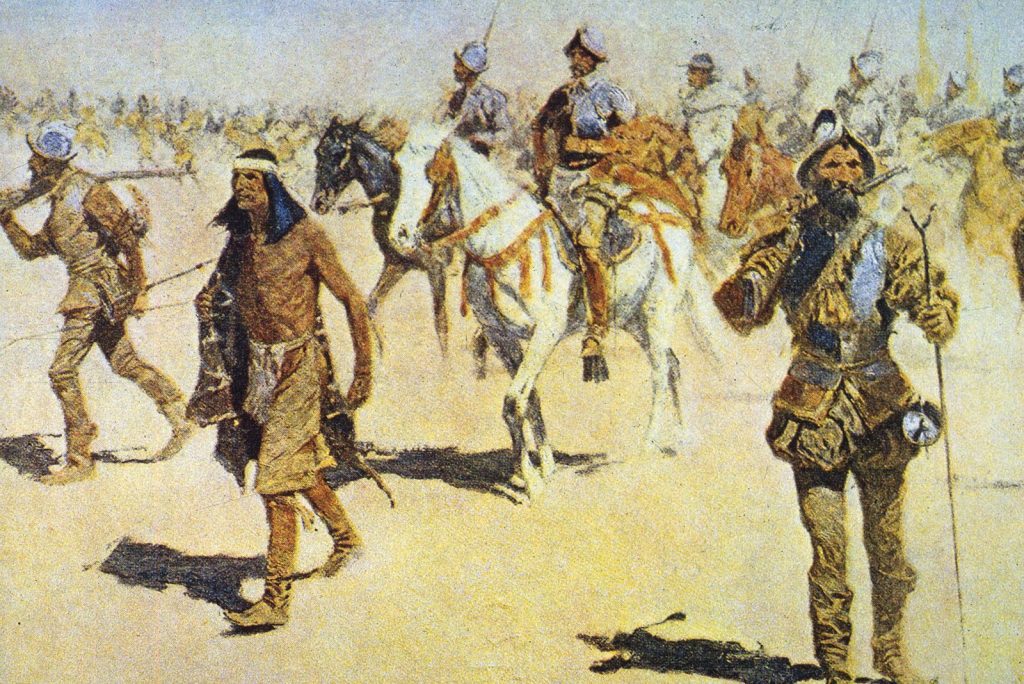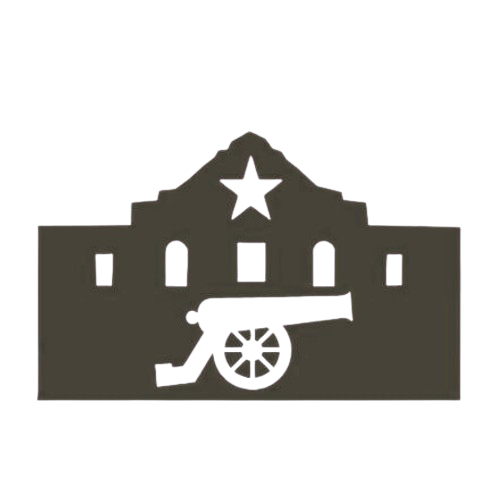
Francisco Vázquez de Coronado came to New Spain during the height of Spain’s colonial expansion in the Americas. Born around 1510 in Salamanca, Spain, he arrived in the New World as a young nobleman seeking both glory and service to the Crown. By 1538, Coronado had married Beatriz de Estrada y de la Cerda, the daughter of Don Alonso de Estrada—the Royal Treasurer and acting Governor of New Spain. Through this marriage, Coronado gained not only wealth and influence but also a direct connection to the royal administration of the colony. Appointed Governor of Nueva Galicia, he soon became one of the most powerful colonial officials in northern New Spain.
In 1540, inspired by reports from the friar Marcos de Niza about the mythical “Seven Cities of Cíbola,” Coronado led one of the most ambitious expeditions of the 16th century. With the blessing of Viceroy Antonio de Mendoza, he set out from Compostela with more than 300 Spaniards, over 1,000 Mexican Indian allies, and a large remuda of horses and livestock. The powerful explorer Juan de Oñate—then a wealthy colonist and later the founder of New Mexico—helped provision Coronado’s forces with horses, cattle, and equipment, recognizing the expedition’s importance for expanding Spain’s northern frontier.
Coronado’s journey took him across what is now northern Mexico, Arizona, New Mexico, Texas, and Kansas. In 1541, while pursuing rumors of a wealthy land called Quivira, his men became the first Europeans to record the sweeping beauty of the Llano Estacado and Palo Duro Canyon in modern Texas—the second largest canyon in North America. Two years earlier, detachments under García López de Cárdenas, one of Coronado’s captains, stumbled upon a chasm so vast that they could not see the river below—becoming the first Europeans to lay eyes on the Grand Canyon.
Though Coronado found no cities of gold, his journey permanently reshaped Spain’s understanding of the American Southwest. The horses Oñate and other colonial ranchers had supplied multiplied across the plains, transforming the cultures of Indigenous nations for centuries. Coronado returned to Mexico City in 1542 disappointed and in debt, but his trail became the map for later colonization. His expedition opened the routes that would link Mexico to the Rio Grande, New Mexico, and the Great Plains—forever changing the landscape of the Southwest.

Leave a Reply